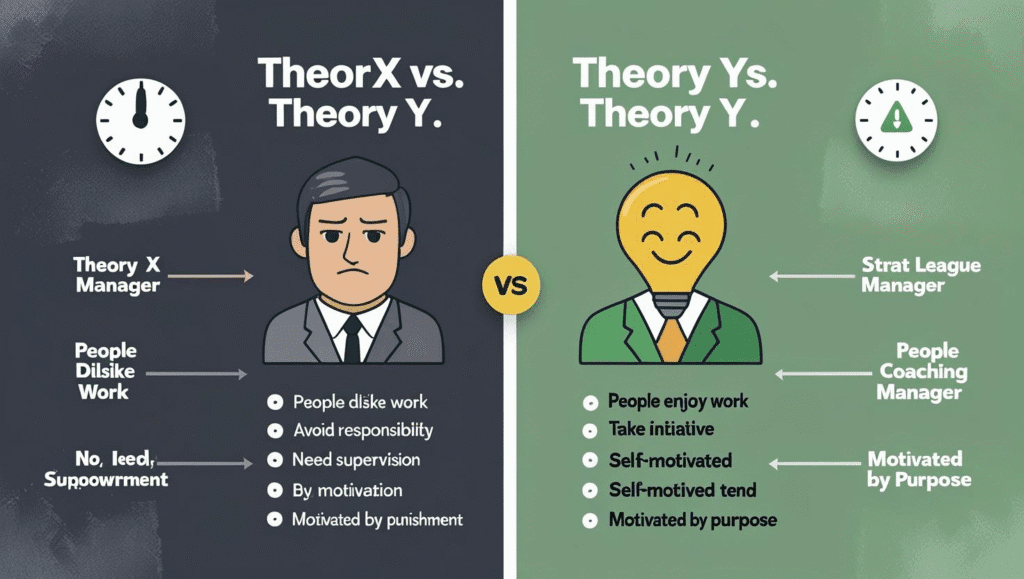The Marketing Blueprint: Processes for Targeting Lucrative Market Segments
Launching a marketing campaign without a clear target is like sailing without a compass—you’ll expend a lot of energy but likely end up lost. The most successful organizations understand that identifying and capturing the most lucrative part of a market is not the result of luck or guesswork. It is the outcome of a disciplined, analytical, and strategic process.
This guide will walk you through the essential marketing processes that must happen *before* you can effectively target your ideal customer. We will explore the industry-standard framework that transforms broad market data into a focused, actionable, and profitable marketing strategy, ensuring your efforts are aimed squarely at the customers who will value your offerings the most.
The STP Framework: Your Roadmap to a Profitable Niche
The cornerstone of modern marketing strategy is the STP model: Segmentation, Targeting, and Positioning. This three-phase process forces organizations to move from a product-centric view (“What can we sell?”) to a customer-centric view (“Who are our best customers and what do they need?”).
-
1
Segmentation
Divide the total market into distinct groups.
-
2
Targeting
Select the most attractive group(s) to serve.
-
3
Positioning
Create a unique identity in the minds of your target.
Step 1: Market Segmentation — Mapping the Universe
Before you can choose a target, you must first understand the entire landscape. Market segmentation is the process of dividing a broad, heterogeneous market into smaller, more homogeneous subgroups (segments) based on shared characteristics. You can’t be everything to everyone, and segmentation is the first step in deciding who you want to be your ‘everything’.
The Four Key Bases for Segmentation:
📍 Geographic
Dividing the market based on location. This is the simplest form but still powerful.
- Country or Region
- City Size / Population Density
- Climate
- Example: A company selling snow blowers will segment and target regions with heavy winter snowfall.
👤 Demographic
Dividing the market based on observable, statistical characteristics of the population.
- Age & Lifecycle Stage
- Gender
- Income & Occupation
- Education Level
- Example: A financial services firm creating a retirement planning product for people aged 55+ with a certain income level.
🧠 Psychographic
Dividing the market based on internal traits like lifestyle, values, and personality. This focuses on the “why” behind consumer behavior.
- Lifestyle (e.g., minimalist, active)
- Values and Beliefs
- Personality Traits (e.g., ambitious, adventurous)
- Example: An organic food brand targeting consumers who value health, wellness, and environmental sustainability.
davranışsal (Behavioral)
Dividing the market based on consumers’ knowledge of, attitude towards, use of, or response to a product.
- Purchase Occasion
- Benefits Sought (e.g., quality, low price)
- User Status (non-user, ex-user, potential user)
- Loyalty Status
- Example: An airline targeting frequent business travelers with a premium loyalty program offering lounge access and priority boarding.
Step 2: Targeting — Choosing Your Battlefield
Once you have a clear map of the different market segments, the next process is to evaluate their attractiveness and select which one(s) you will pursue. This is the critical decision-making step where you identify the most lucrative opportunities.
Key Criteria for Evaluating Segment Attractiveness:
- Size and Growth Potential: Is the segment large enough to be profitable? Is it projected to grow, shrink, or remain stable?
- Profitability: How much are customers in this segment willing to pay? Are they costly to serve? What is the potential profit margin?
- Accessibility: Can you realistically reach this segment with your distribution channels and marketing communications?
- Company Fit: Does serving this segment align with your company’s mission, strengths, and resources? (This is where a SWOT analysis is invaluable).
- Competitive Landscape: How intense is the competition for this segment? Can you establish a unique, defensible position?
Step 3: Positioning — Defining Your Identity
After selecting your target segment, the final process is to establish a clear and compelling position for your product in the minds of those consumers. Positioning is the art of differentiation—it’s how you want your target customer to perceive you in relation to your competitors.
Executing Your Position with the Marketing Mix (The 4 Ps)
Your positioning strategy is not just a slogan; it is brought to life through every decision you make in your marketing mix:
Product
The product itself must be designed with the target segment’s needs and desires in mind. Features, quality, packaging, and branding all contribute to its position.
Price
The price must reflect the perceived value for the target segment. A premium position demands a premium price, while a value position requires a competitive price point.
Place (Distribution)
Where and how you sell your product reinforces its position. A luxury watch is sold in high-end boutiques, not discount stores.
Promotion
The marketing messages, advertising channels, and public relations efforts must all be tailored to speak directly to the target segment in a language they understand and trust.
Conclusion: From Process to Profit
The journey from a broad market to a profitable niche is paved with disciplined process. By systematically moving through Segmentation (mapping the market), Targeting (choosing your focus), and Positioning (crafting your identity), an organization replaces guesswork with strategy. This STP framework is the essential blueprint that ensures marketing resources are not wasted. It channels them with precision toward the most lucrative segments—the customers who are not only willing to pay but are actively seeking the unique value that only your organization can provide.
Frequently Asked Questions (FAQ)
What is the most important step in the STP process?
While all three steps are critical and interdependent, Segmentation is arguably the most foundational. If the market is not segmented correctly, the subsequent Targeting and Positioning efforts will be based on flawed assumptions. Accurate segmentation ensures that you have a clear and realistic understanding of the market landscape, which is the necessary starting point for any successful marketing strategy.
Can a company have more than one target market?
Absolutely. Many companies employ a differentiated (or segmented) marketing strategy, where they select several distinct market segments and develop a unique marketing mix (product, price, place, promotion) for each one. For example, a car company may target budget-conscious families with an SUV, luxury executives with a sedan, and young professionals with a sporty hatchback. The key is to have the resources to serve each segment effectively and without diluting the brand’s positioning.
How is market segmentation different from market targeting?
Segmentation is the process of identifying and defining the different groups within a market, like mapping out all the different cities on a map. Targeting is the process of evaluating those groups (cities) and deciding which one(s) you will focus your efforts on, like choosing which city to build your main store in. In short, segmentation is analytical and descriptive, while targeting is strategic and decisive.
What happens if a company gets its positioning wrong?
Incorrect positioning can be disastrous. It can lead to a confused brand identity, where target customers don’t understand what the product is or why they should choose it over competitors. This results in wasted marketing spend, low sales, and a failure to build brand loyalty. If a company positions itself as a luxury brand but has a low price and budget packaging, customers become confused and lose trust. Repositioning a brand is possible but is often a very expensive and time-consuming process.

